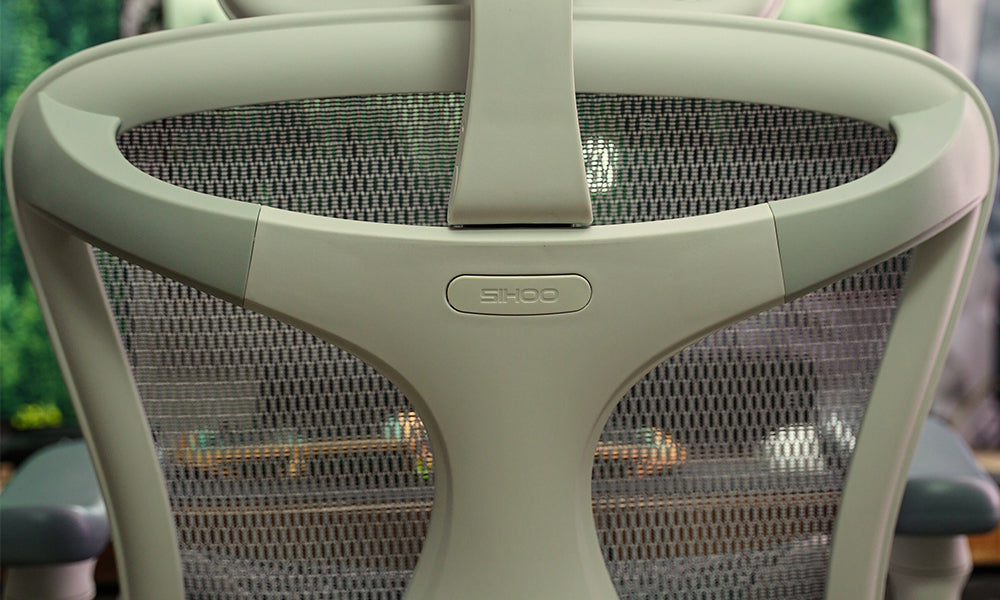One often overlooked aspect that can significantly impact productivity is the comfort of the workspace, particularly the office chair. In recent years, there has been a growing emphasis on the importance of ergonomic office furniture, with ergonomic chairs taking center stage. This article delves into the science of comfort, exploring how ergonomic office chairs can boost productivity and enhance overall well-being.
Understanding Ergonomics:
Ergonomics is the science of designing products and environments to suit the needs and capabilities of the human body. When applied to office furniture, including chairs, the goal is to create a workspace that promotes comfort, efficiency, and overall well-being. Ergonomic office chairs are specifically designed to support the natural curvature of the spine and provide optimal comfort during prolonged periods of sitting.
The Impact of Comfort on Productivity:
Posture and Spinal Health:
One of the key features of ergonomic office chairs is their ability to support proper posture. Maintaining a neutral spine position reduces the risk of developing musculoskeletal issues, such as back pain and stiffness. When employees are comfortable and free from discomfort, they are more likely to stay focused and engaged in their work.
Reduced Fatigue and Discomfort:
Traditional office chairs often lack the necessary support for long hours of sitting, leading to fatigue and discomfort. Ergonomic chairs, on the other hand, are designed with features such as lumbar support, adjustable armrests, and seat height customization. These features help distribute the body's weight evenly, reducing pressure on certain areas and minimizing discomfort.
Increased Blood Circulation:
Prolonged periods of sitting can impede blood circulation, leading to fatigue and decreased alertness. Ergonomic chairs are designed to promote better blood flow by allowing users to adjust the chair's height and tilt. This increased circulation contributes to improved energy levels, helping employees stay more focused and productive throughout the day.
Enhanced Concentration and Focus:
Discomfort and pain can be significant distractions, hindering an employee's ability to concentrate on their tasks. Ergonomic chairs eliminate these distractions, allowing individuals to maintain better focus on their work. As a result, employees are more likely to complete tasks efficiently and with higher quality.
The Features of Ergonomic Office Chairs:
Lumbar Support:
Ergonomic chairs typically come with built-in lumbar support, which helps maintain the natural curve of the lower spine. This feature prevents slouching and reduces the risk of developing lower back pain.
Adjustable Seat Height:
The ability to adjust the height of the chair ensures that individuals can position themselves at the most comfortable and ergonomic level for their specific desk or workstation.
Armrest Customization:
Adjustable armrests allow users to position their arms comfortably, reducing strain on the shoulders and neck. This feature is particularly beneficial for those who spend extended periods typing or using a computer mouse.
Tilt Mechanism:
Many ergonomic chairs come with a tilt mechanism that allows the user to recline slightly. This feature promotes dynamic sitting, reducing pressure on the spine and improving overall comfort during prolonged sitting periods.
Material and Padding:
High-quality materials and ample padding are common characteristics of ergonomic chairs. This ensures that the chair remains comfortable even after extended use, providing support and cushioning where it is needed most.
Investing in Employee Well-being:
Companies are increasingly recognizing the importance of investing in their employees' well-being as a means of improving productivity and reducing absenteeism. Providing ergonomic office chairs is a tangible way for employers to demonstrate their commitment to the health and comfort of their workforce. In the long run, this investment can result in a positive return, as employees are more likely to stay engaged, focused, and satisfied with their work environment.
Tips for Choosing the Right Ergonomic Chair:
Adjustability:
Look for chairs with a wide range of adjustable features, including seat height, armrests, and lumbar support. The more customizable the chair, the better it can accommodate individual preferences and body types.
Material Quality:
Choose chairs made from high-quality materials that provide both comfort and durability. Breathable fabrics can also contribute to a more comfortable sitting experience.
Testing and Feedback:
Before making a bulk purchase, allow employees to test different ergonomic chair models. Gather feedback to ensure that the selected chairs meet the diverse needs of your workforce.
Budget Considerations:
While it's essential to invest in quality ergonomic chairs, there are options available at various price points. Consider your budget and prioritize features that align with the specific needs of your employees.
Conclusion:
In the quest for increased productivity, businesses must recognize the impact of a comfortable and ergonomically designed workspace. Ergonomic office chairs play a pivotal role in creating an environment that promotes employee well-being, reduces discomfort, and enhances concentration. By understanding the science of comfort and investing in quality ergonomic furniture, companies can not only boost productivity but also foster a positive and healthy work culture. As the saying goes, a happy and comfortable employee is a productive employee, and the humble ergonomic chair is a vital tool in achieving this balance.



